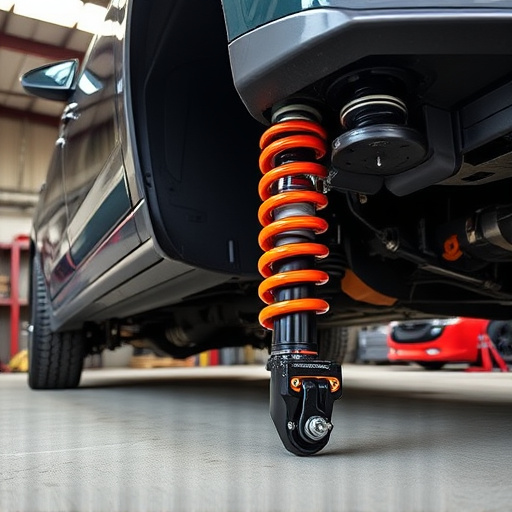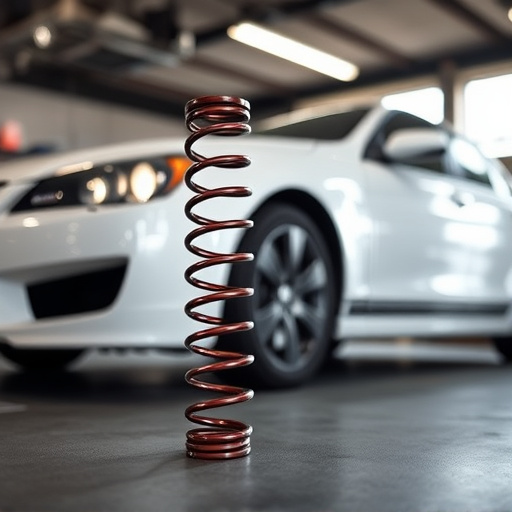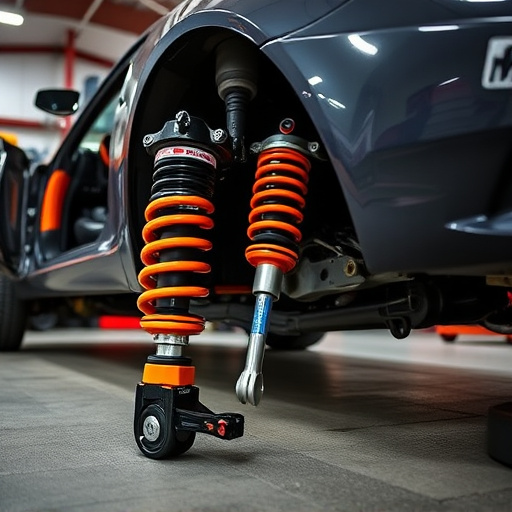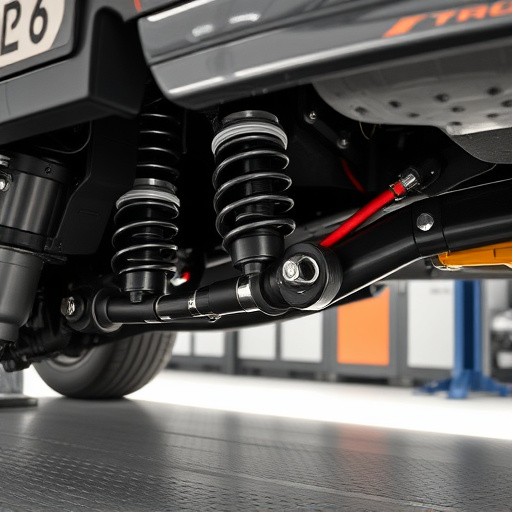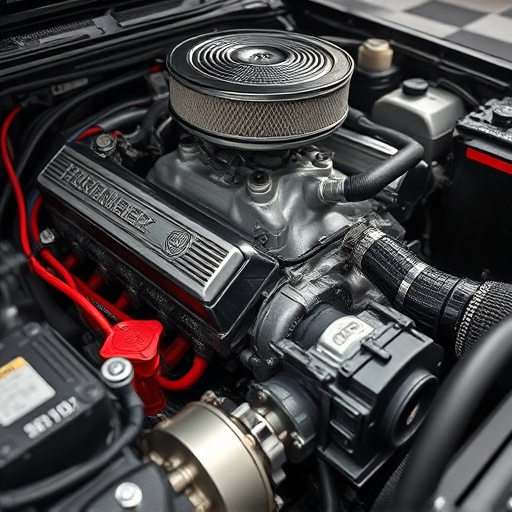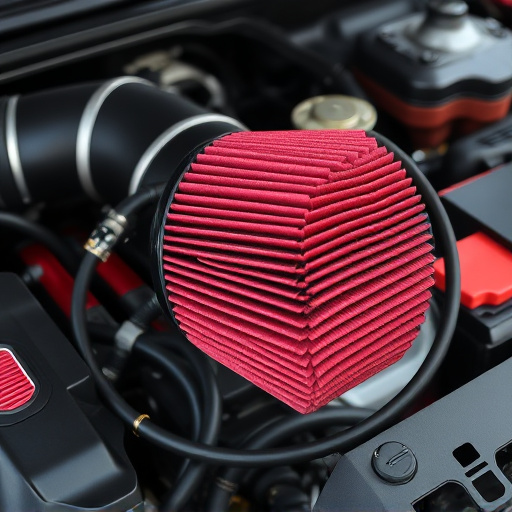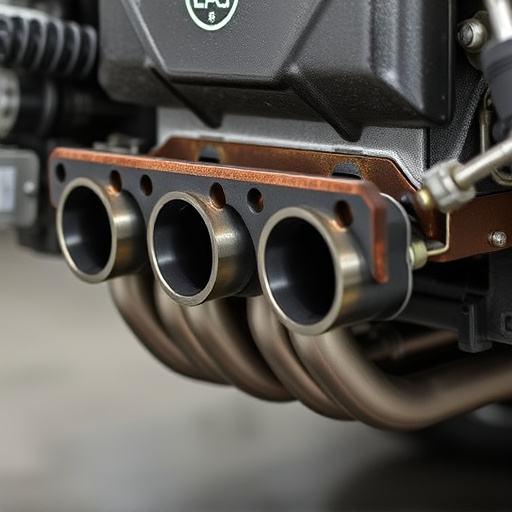Power Stop brakes offer enhanced stopping power and performance through advanced design, using high-quality materials for quiet, efficient braking without overheating. Installation requires preparation, including tools, parts, safety measures, and removal/replacement of old components. Common issues like increased braking distance or pulsing may occur; proper bleeding, alignment, and maintenance are crucial for optimal performance and reliability.
“Elevate your vehicle’s performance with The Ultimate Guide to Power Stop Brakes Installation. Discover the revolutionary benefits of these advanced braking systems, designed to deliver unparalleled control and durability. From improved stopping power and reduced brake dust to enhanced safety and longevity, power stop brakes are a game-changer. This comprehensive guide breaks down the installation process, offering a step-by-step tutorial tailored for beginners. Learn to troubleshoot common issues and unlock the full potential of your vehicle’s braking system.”
- Understanding Power Stop Brakes: Components and Benefits
- Step-by-Step Installation Guide for Beginners
- Troubleshooting Common Issues After Installation
Understanding Power Stop Brakes: Components and Benefits

Power Stop brakes are a game-changer for car enthusiasts seeking superior stopping power and improved overall vehicle performance. These innovative braking systems consist of several key components designed to enhance both the aesthetics and functionality of your vehicle’s brake assembly. The primary elements include high-performance brake pads, robust brake rotors, and a sophisticated engineering design that optimizes heat dissipation.
One of the significant advantages of Power Stop brakes is their ability to provide more consistent and powerful braking compared to standard brake systems. High-performance parts like ceramic or metal composite brake pads offer reduced dust and noise levels, ensuring a quieter and cleaner braking experience. Additionally, the advanced cooling capabilities of these brakes prevent overheating, especially during intense driving conditions, which can significantly prolong the lifespan of your brake rotors, ultimately saving you money on future replacements.
Step-by-Step Installation Guide for Beginners

Installing power stop brakes can be a daunting task for beginners, but with the right guidance, it can be accomplished successfully. First, gather all necessary tools and high-performance parts, including your new power stop brakes, brake fluid, and any hardware required. Ensure your vehicle is parked on a level surface and engage the parking brake for safety.
Now, start by removing the old brakes. This involves taking off the wheels, disconnecting the air intake systems, and demounting the calipers. Next, clean the brake rotors thoroughly to eliminate any residue or gunk. Once ready, install the new power stop brakes, making sure they are aligned correctly. Reattach the calipers, refill the brake fluid, and test the brakes by gently applying pressure on each pedal to ensure smooth operation.
Troubleshooting Common Issues After Installation

After installing power stop brakes, it’s common to encounter a few issues that can be easily resolved with some troubleshooting. One frequent problem is increased braking distance, which might be due to air in the brake lines or improper bleeding. Ensure all air intake systems and performance exhaust components are securely fastened and sealed to prevent any disruptions to your braking system. Check for any leaks and bleed the brakes thoroughly according to the manufacturer’s instructions. Another issue could be a pulsing sensation during braking, often caused by warped rotors or improperly installed calipers. Inspect the rotors for signs of warping and ensure caliper pins are aligned correctly. A vibration while braking may indicate an unbalanced wheel or damaged brake pads, requiring replacement or rebalancing.
If you’re still experiencing issues, consider checking your vehicle’s alignment and tire pressure. Uneven tire wear can lead to improper alignment, affecting braking performance. Moreover, faulty anti-lock braking system (ABS) sensors can cause erratic braking behavior. Refer to your vehicle’s service manual for diagnostic procedures or consult a professional mechanic if these common problems persist, focusing on optimizing your power stop brakes’ performance and reliability.
Power Stop brakes offer a significant upgrade in braking performance, ensuring safer driving experiences. By understanding the components and benefits discussed in this guide, you’re well-equipped to install them yourself with our step-by-step instructions. If any issues arise post-installation, our troubleshooting section provides solutions for common problems. Now, you have everything you need to unlock the power of superior brakes with Power Stop technology.
